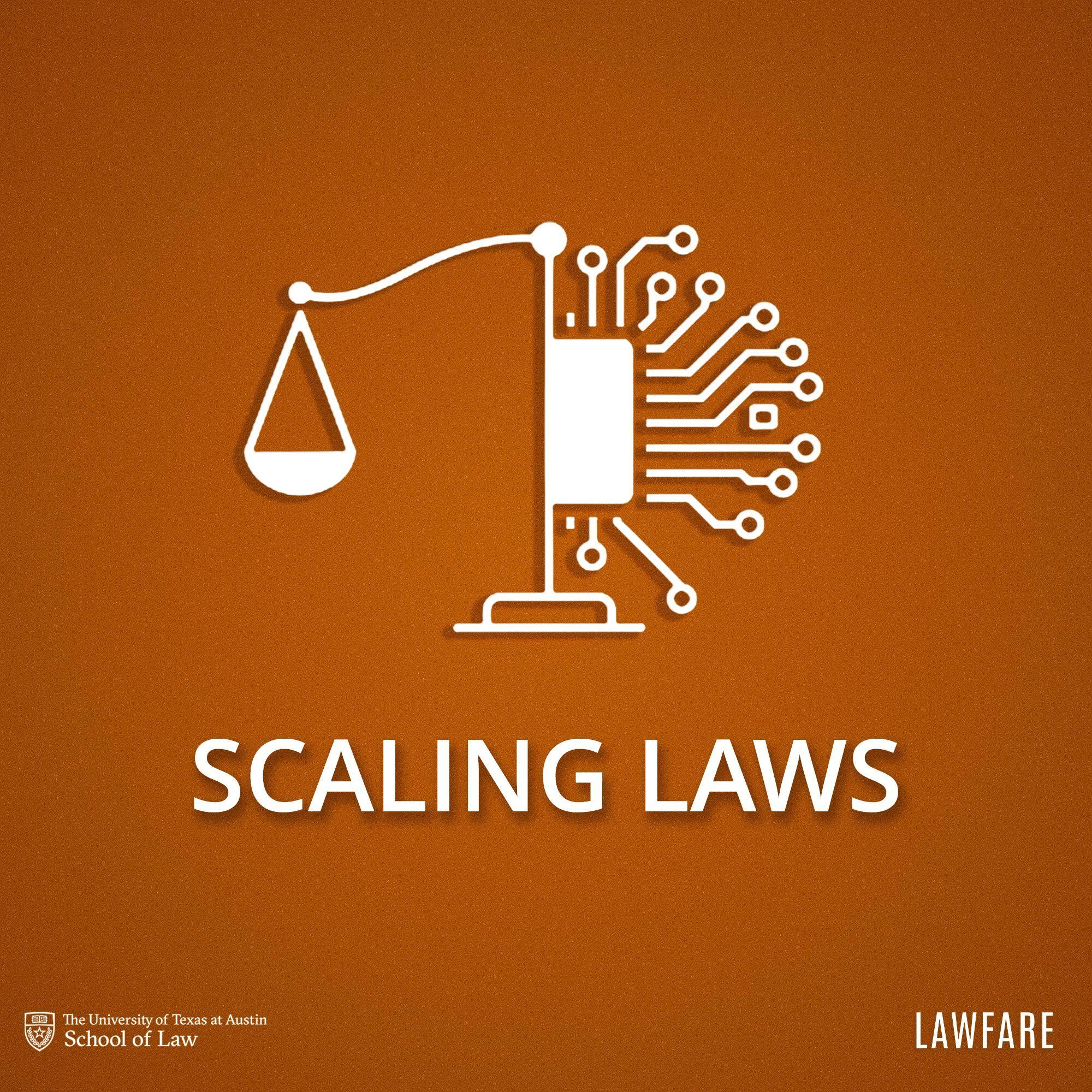Summary: The Trump Administration’s New Policy on Transgender Servicemembers
On March 23, the Trump administration released a new order restricting the ability of transgender individuals to serve in the military.
Published by The Lawfare Institute
in Cooperation With

On March 23, the Trump administration released a new order restricting the ability of transgender individuals to serve in the military. The order preempts the total ban on transgender service members that the president called for in a series of tweets and solidified in a presidential memorandum last August, limiting the scope of its restrictions to individuals diagnosed with gender dysphoria instead of all transgender individuals.
The U.S. military has long observed a practice of rejecting applicants who identify as transgender. In 2015 Defense Secretary Ash Carter ordered an extensive study looking into the impact of overturning this standard and finally cancelled the policy in response to findings by a RAND study and a Defense Department Transgender Working Group that allowing transgender individuals to serve in the military would have no negative impact on national security. President Trump’s orders seek to undo this policy initiative.
The original presidential order was challenged in various court cases: Stone, et al., v. Trump, et al.; Jane Doe 1, et al., v. Donald J. Trump, et al.; Stockman v. Trump; and Karnoski v. Trump. All four judges issued preliminary injunctions on the ban’s implementation. On Jan. 1, after declining to pursue an appeal to the Supreme Court, the Pentagon began accepting openly transgender military recruits for the first time in history.
The original memorandum required Defense Secretary James Mattis, in consultation with the secretary of homeland security (now Kirstjen Nielsen), to provide the president with an “implementation plan” for the order by Feb. 21. In February, Buzzfeed reported that the Pentagon had privately provided its recommendations to the White House, though they were not made public.
Likewise, the memorandum set a deadline of March 23 for the military to return to the pre-Carter policy regarding transgender servicemembers and cease allocating Defense Department and Department of Homeland Security (DHS) resources to sex-reassignment procedures for military personnel. The new order barring transgender service was released on this date.
Alongside the memo, the government filed simultaneous motions to dismiss the four preliminary injunctions barring the ban’s implementation, arguing that the new order is different in kind and is not covered by the injunctions. Judge Marsha Pechman of the U.S. District Court for the Western District of Washington, one of the four judges who have issued injunctions blocking order’s implementation, has said that she will not entertain arguments to dissolve her injunction during the coming week’s hearings. In line with Judge Pechman’s decision, Judge Colleen Kollar-Kotelly of the U.S. District Court for the District of Columbia declined to lift her own injunction of the ban. Both judges instead gave the plaintiffs challenging the ban additional time to analyze the policy and update their lawsuits responsively.
If litigation continues, the courts will need to evaluate the new policy, summarized below, on its merits.
Presidential Memorandum
The order moves away from a total ban on current and future transgender service members to focus on banning individuals with “a history or diagnosis of gender dysphoria—individuals who the policies state may require substantial medical treatment, including medications and surgery.” This change in scope, presumably, seeks to address the equal protection concerns brought in court by narrowing the focus to individuals who purportedly place a financial burden on their departments due to their “history of diagnosis.”
Section 1 of the president’s memo proceeds to formally revoke the August memo on transgender servicemembers, as well as any other order made pursuant to the August memo. Section 2 then hands the secretaries of defense and homeland security broad discretion to “implement any appropriate policies concerning military service by transgender individuals,” without elaborating further.
Mattis Memorandum
Released along with the presidential order was a memo from Defense Secretary James Mattis. The memo is dated Feb. 22, indicating that it is likely the “implementation plan” delivered to the president pursuant to the original memo issued in August.
Mattis outlines the manner in which he conducted the formal policy review required by the August memo on revoking the transgender ban, which the administration released alongside . He describes aggregating a “Panel of Experts” composed of “senior uniformed and civilian” service leaders and charged with the task of recommending policy based on “data, as well as their professional military judgment, that would enhance the readiness, lethality, and effectiveness of our military … without regard to any external factors.” The panel met with relevant service members (including transgender servicemembers), commanders, and medical experts.
The panel concluded that there were “substantial risks associated with allowing the accession and retention of individuals with a history or diagnosis of gender dysphoria and require, or have already undertaken, a course of treatment to change their gender.” The panel’s final Report, published alongside the Mattis memo, adopts the Diagnostic Statistical Manual’s (DSM-5) definition of gender dysphoria: “[a] marked incongruence between one’s experience/expressed gender and assigned gender, of at least 6 months’ duration.” (The American Psychiatric Association explicitly stated in a release alongside the DSM-5 that “gender dysphoria” is defined as such and categorized as a “condition” to increase access to medical care for transgender individuals while minimizing opportunity for discrimination or stigmatization.)
The memo argues that allowing the accession and retention of servicemembers with gender dysphoria exempts them from the “well-established mental health, physical health, and sex-based standards,” which apply to all other members, including transgender individuals without gender dysphoria. Allowing an exemption from these standards, Mattis suggests, would compromise “military effectiveness and lethality.”
The memo makes a point to distinguish the panel’s study from the RAND study relied on by the Obama administration in removing the transgender ban, claiming that the RAND study glossed over “healthcare costs, readiness, and unit cohesion” and unduly relied on the experiences of foreign militaries with “different operational requirements than our own.”
Cumulatively, the memo contends that unit cohesiveness, resource preservation, and military effectiveness are the stated government justifications for precluding members with gender dysphoria from joining the armed forces. Accordingly, Mattis, together with the DHS Secretary Nielsen, recommend the following policies:
Disqualification
Transgender individuals who “require or have undergone gender transition” are disqualified from joining or remaining in the military. (The memo provides no guidance regarding how to identify an individual who “requires” transition.) Transgender persons with a history or diagnosis of gender dysphoria are disqualified from military service except under the following limited circumstances:
- Accession: Applicants may join if they are “stable for 36 consecutive months in their biological sex prior to accession.”
- Retention: Members may remain in the armed services:
- If they (1) were diagnosed with gender dysphoria after joining the services and (2) do not “require a change of gender” and (3) are deployable under current standards.
- If they were diagnosed with gender dysphoria after the previous administration’s policy took effect, they may continue serving and undergoing necessary treatment. It is unclear how this provision interacts with the ban on individuals who require or have undergone gender transition. It might serve as an exception to the blanket ban, or the ban can be read to include individuals who would otherwise meet this exception.
Furthermore, transgender individuals “without a history or diagnosis of gender dysphoria” may serve “in their biological sex” if they meet the relevant qualifications.
Implementation
The memo recommends that the president revoke the August order and allow the secretaries of defense and homeland security to implement the above policies at their discretion.
Although the memo purports to limit the scope of the ban on transgender individuals to only affect those individuals whose service would present a threat to military integrity and effectiveness, the policies are internally inconsistent and vaguely defined. It is not clear how broadly the memo defines “gender transition,” which could refer to a wide range of processes, including various forms of medical treatment. Moreover, the memo relies heavily on an uncertain delineation between gender dysphoria as a medical diagnosis and transgender identity. It is additionally unclear why Mattis recommends an exception for individuals diagnosed with dysphoria in the time between the Carter memo and the Mattis memo, if individuals who have undergone or require transition present a threat to military integrity.
The impact of this new order has yet to be seen. Buzzfeed reports that despite the original August order and the replacement March order, neither the Justice Department nor the Defense Department were able to cite a policy on the books banning transgender individuals from joining or remaining in the services: the policy exists only as a “recommendation” from Mattis. It is possible that without a formal policy, the order carries no real weight, especially given the President’s explicit grant of discretion to DHS and the Defense Department in adopting policies to implement the order. Either way, the question remains whether courts will be persuaded by the government’s assertion that this order is substantively different from the original August order.


.jpg?sfvrsn=8253205e_5)

